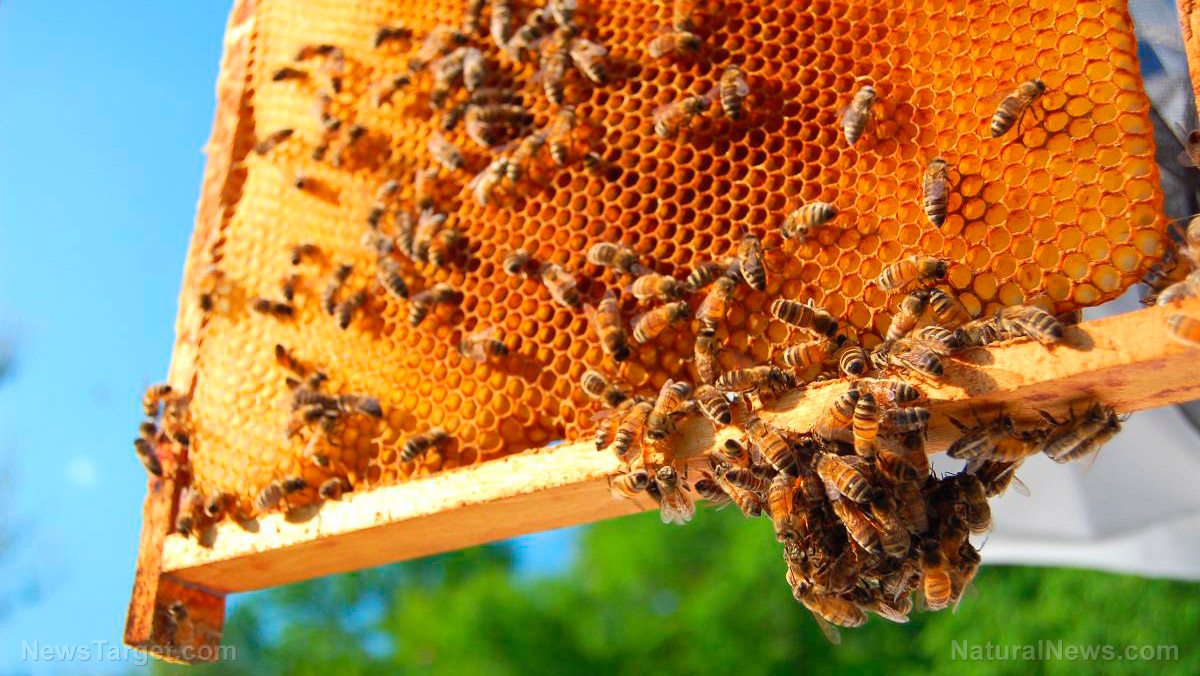Anthrax may wipe out chimpanzees; it is a widespread and persistent cause of death for rainforest mammals
12/06/2017 / By Rita Winters

Anthrax is an infection in animals seen in the skin, lungs, and intestines. It is caused by the bacteria called Bacillus anthracis, and it can affect humans. While anthrax is more commonly reported in arid climates, recent studies show that tropical rainforest outbreaks may have severe consequences for local wildlife. Data and samples collected over three decades show that anthrax in rainforests is a persistent cause of death for various mammalian species. This pathogen will likely accelerate the extinction of chimpanzees. Bacillus cereus biovar anthracis (Bcbva), a variant of Bacillus anthracis, is a previously unknown type of anthrax bacterium which was found in dead chimpanzees in the rainforests of Taï National Park. This variant was discovered in 2004, and since then, has claimed the lives of scores of gorillas and elephants in Cameroon and the Central African Republic.
The study was conducted by scientists and researchers from the Robert Koch Institute (RKI), Max-Planck Institute for Evolutionary Anthropology, University of Glasgow and the Ivorian National Animal Health Institute. Their study involved the analysis of bone and tissue samples collected over 28 years from the mammal carcasses in the park. Carrion fly stomachs were examined and found to carry the anthrax pathogen, and provided clues as to what areas and what species could be affected.
According to the researchers, almost 40 percent of all animal deaths at the Taï National Park were attributed to anthrax. The pathogen was found in several monkey species, duikers, mongoose, and a porcupine. Of the chimpanzee carcasses examined, 31 out of 55 were found to die from the disease. Based on the rate of deaths, this rainforest anthrax could be the cause of extinction for the species in the Taï National Park within 150 years. The pathogen is particularly active in the park, and scientists are currently trying to determine what causes its activity and how the animals became affected. Typical anthrax was known to be a threat only to animals in dry plains, since the bacterium is found in soil. Chimpanzees spend most of their time on trees, so a plausible vector would be carrion flies spreading the pathogen.
So far, no human infections have been reported in relation to Bcbva. Researchers state that there is no cause for alarm, as this strain does not seem to be a threat. If detected early, this form of anthrax can be treated with antibiotics. There have been reports of people dying after consuming dead animals they found in the forest; however, these have not been linked to anthrax.
Fast facts on anthrax
- Anthrax can be contracted through the dermal, gastrointestinal and inhalation routes of exposure. It can also be contracted through injected drugs.
- This life-threatening infectious disease can be treated with antibiotics such as penicillin, tetracycline, erythromycin, and ciprofloxacin.
- The greatest threat of anthrax was in 2001 (known as the Amerithrax), which was a bioterrorist attack where anthrax spores were spread through the postal system.
- The most recent anthrax outbreak was in 2016 in Siberia, Russia. Authorities believed that melting permafrost revealed a reindeer that died of anthrax, causing the release of its spores which made 13 Siberian people sick and killed 2,000 reindeer.
- Anthrax cannot be contracted from person to person.
Sources include:
Tagged Under: animal health, anthrax, Antibiotics, chimpanzees, dead wildlife, death of rainforest mammals, Ecology, ecosystem dangers, extinction, infectioius disease, outbreak, Tai National Park



















